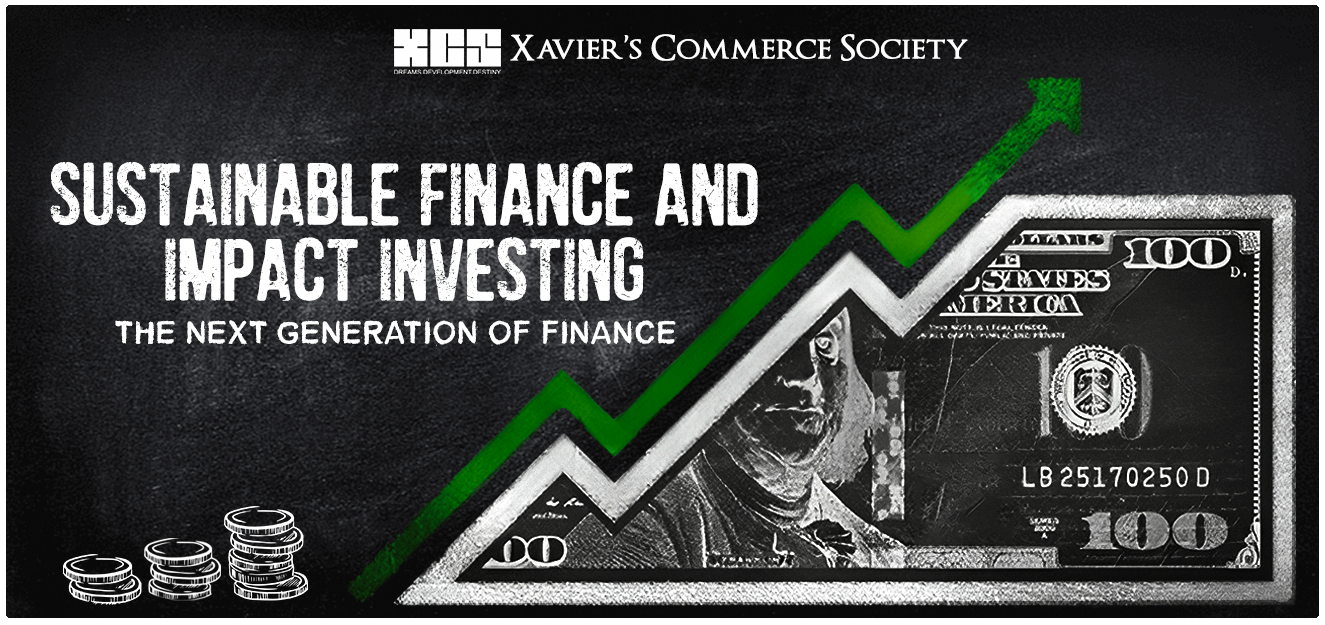


In order to enhance longer-term investments into sustainable economic activities and projects, sustainable finance is the process of taking into account environmental, social, and governance (ESG) issues when making investment decisions in the financial sector.
Finance departments of companies must model the risks associated with renewable energy contracts or analyse the balance sheet versus profit-and-loss effects of investments in everything from electric car conversion to energy efficiency to employee inclusiveness training.
In order to help the world reach net zero, sustainable finance must direct private funds into carbon-neutral projects.
There is growing evidence that sustainable enterprises not only benefit society and the environment, but also provide investors with superior returns.
More than eight out of ten sustainable investment funds outperformed share portfolios not based on ESG criteria during the peak of the COVID-19 pandemic in 2020, according to research by BlackRock, the largest asset management company in the world.
Companies with high ESG ratings have also seen stronger growth in their share price over the past five years, in addition to providing shareholders higher dividends.
The evolution of consumer sentiments is one factor. According to a US study, two-thirds of customers of all ages favour doing business with organisations that share their beliefs. This percentage jumps to 83% among millennials, defined as those between the ages of 18 and 34.
According to a global poll, consumers are four to six times more inclined to purchase from a firm whose corporate mission they support. However, 75% of respondents said they stopped buying from a brand if it did something they disapproved of and urged others to follow suit.
Due to major lenders' refusal to work with them, carbon-intensive industries like coal, oil, and gas are also finding it increasingly difficult and expensive to acquire finance.
A specific kind of fixed-income instrument called a "green bond" is designated to raise funds for projects related to the environment and the climate. These bonds often have the same credit rating as their issuers' other financial obligations because they are typically asset-linked and backed by the issuing entity's balance sheet.
From 2008 to 2020, the World Bank, a significant green bond issuer, issued $14.4 billion in green bonds. These funds have supported 111 projects all over the world, with a focus on sustainable transportation (27%), agriculture and land use (15%), and renewable energy and efficiency (33%).
The Rampur Hydropower Project, which planned to supply low-carbon hydroelectric power to northern India's electrical system, was funded by one of the bank's first green issuances. It generates roughly 2 megawatts annually, avoiding 1.4 million tonnes of carbon emissions, and is financed by green bond issuances.
Impact investments are ones that are made with the goal of producing both a positive financial return and a verifiable social and environmental impact. Depending on the strategic objectives of the investor, impact investments can be made in both emerging and mature economies and aim for a range of returns from below market to market rate.
I. The Good Fashion Fund (GFF) is the first investment fund that is entirely responsible for promoting the adoption of ground-breaking ideas in the fashion sector. At the moment, there are several problems with the social and environmental effects of the garment supply chains. Although there are currently sustainable alternatives, there is not enough money to scale these technologies inside the supply chain. The Fund was established to close this gap by bringing together the most innovative technology and the market to jointly address its problems.
The Good Fashion Fund makes investments in the adoption of disruptive and high-impact technologies as well as circular ideas in Asia's textile and apparel manufacturing sector (India, Bangladesh, Vietnam).
We support operators and manufacturers in implementing these technologies to greatly enhance the beneficial effects of the apparel manufacturing industry. This entails the use of materials that are safe and recyclable, renewable energy that uses less energy, closed-loop manufacturing, the creation of decent jobs, and economic prosperity.
II. People from all over the world can connect on Etsy to purchase and sell unique items. The for-profit business's goal is to reinvent commerce in order to create a more satisfying and long-lasting society. Nearly 500 people work for the Brooklyn-based online marketplace Etsy, which has thirty million shoppers and sellers worldwide and lists over twenty million items in more than one million stores across 200 nations. With well-known venture capital backers like Accel Partners and Union Square Ventures, Etsy is a B Corporation recognised company. The company discusses its efforts to improve its impact on employees, community, and environment in an Etsy Values & Impact Annual Report. In 2013, Etsy teamed up with the NGO Kiva, which is currently assisting Etsy's artisan borrowers worldwide access an open market by raising interest-free financing and starting Etsy shops through Kiva Zip.